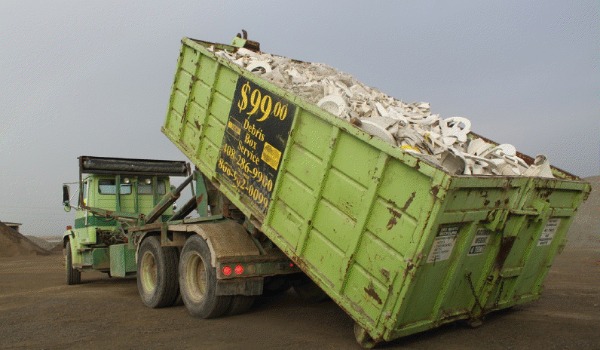Toilet manufacturing companies have been innovating and making changes in their production processes to minimize waste and promote sustainability. With the circular economy approach, these companies aim to reduce waste and increase resource efficiency. In this article, we will explore how toilet manufacturing companies are embracing the circular economy and the benefits it brings.
Understanding the Circular Economy Before diving into how toilet manufacturing companies are embracing the circular economy, let’s first understand what it means. The circular economy is an economic model that aims to minimize waste and promote resource efficiency by keeping resources in use for as long as possible. It is a system that moves away from the traditional linear approach of “take, make, dispose of” to a more circular approach of “reduce, reuse, recycle.”
Here are some ways in which toilet manufacturing companies are embracing the circular economy:
1. Design for Durability and Reusability:
Manufacturers are designing toilets to be durable and long-lasting. By using high-quality materials and robust construction, they ensure that toilets ave a longer lifespan, reducing the need for frequent replacements. Additionally, modular designs are being employed, allowing for easy repair and replacement of individual components rather than disposing of the entire unit.
2. Material Selection and Recycling:
Toilet manufacturers are increasingly considering the environmental impact of the materials they use. They opt for eco-friendly materials, such as recycled plastics and sustainable wood, that are both durable and recyclable. Moreover, companies are exploring innovative recycling technologies to transform end-of-life toilets into new raw materials for manufacturing processes.

3. Water Efficiency:
Toilets are being designed with a focus on water conservation. Water-saving technologies like dual-flush mechanisms, low-flow toilets, and smart sensors that adjust flush volume based on usage are being incorporated into toilet designs. By reducing water consumption, these companies contribute to conserving a precious resource.

4. Resource Recovery and Waste Reduction:
Toilet manufacturers are finding ways to recover valuable resources from waste generated during the manufacturing process. They are implementing measures to recycle and reuse water, as well as recover and repurpose by-products or waste materials, such as excess ceramic or metal components. These initiatives help minimize waste and maximize resource efficiency.
5. Extended Producer Responsibility (EPR):
Many toilet manufacturing companies are taking responsibility for the entire lifecycle of their products through EPR programs. This includes implementing take-back systems where manufacturers collect and recycle used toilets at the end of their life. By actively managing the disposal and recycling of their products, manufacturers ensure that valuable materials are recovered and harmful substances are properly handled.
6. Collaboration and Partnerships:
Toilet manufacturing companies are collaborating with other stakeholders, such as recycling facilities, research institutions, and sustainability organizations, to develop innovative solutions and best practices. These collaborations help drive the adoption of circular economy principles and foster knowledge sharing across the industry.
Overall, toilet manufacturing companies are increasingly recognizing the importance of the circular economy in reducing waste, conserving resources, and minimizing environmental impact. By embracing these principles, they are not only making their own operations more sustainable but also contributing to a more sustainable future for the entire sanitation industry.